
In modern life, traditional culture has become a solid spiritual support, contributing to preserving identity and nurturing the soul. Respecting and preserving national culture is the way the younger generation contributes its own voice to the colorful cultural picture of the Vietnamese community of 54 ethnic groups united in diversity.
Ho Van Doi, a young Ta Oi ethnic man (belonging to the main Ta Oi group), was born and raised in the border village of A Sap (A Luoi 3 commune, Hue city), one of the remote and difficult villages in the central region, where people's lives are closely linked to the mountains and forests and the hardships that have followed them for generations.
Doi's family has 8 siblings, growing up in a difficult and deprived environment, the corn and rice growing season depends on the sun and rain, going to school is a great effort and determination. Doi believes that this is the only way to escape the vicious cycle of poverty that his father and grandfather experienced. In 2020, Doi left his village to study at the Academy of Ethnic Minorities (Ministry of Ethnic Minorities and Religions) in Hanoi , bringing with him a thirst for knowledge and a deep love for the cultural identity of the Ta Oi ethnic group.
With the help of teachers and friends, after nearly 2 years in Hanoi, overcoming language barriers, Doi was able to confidently speak Mandarin, boldly express his thoughts, and actively participate in school and community activities.
With a passion for traditional culture and a desire to connect and spread with the ethnic community, in March 2023, Ho Van Doi and his friends shared the idea of establishing the group "Community of 54 Vietnamese Ethnic Groups", a common home for nearly 2,000 members.
From the activity “Hmong Tet in the streets” to cultural activities, brocade weaving experiences, learning about traditional costumes and cuisine, all have contributed to ensuring that the stories around the village fireside are not forgotten. The border village is located on the majestic Truong Son mountain range, where indigenous cultural heritages have been passed down through many generations, instilling in young people like Ho Van Doi the pride and desire to preserve and spread the national culture to all regions of the country.
“I was surprised that many of my classmates did not know about the Ta Oi ethnic group. That made me think and motivated me to take specific actions to introduce the ethnic identity. It is a journey of connection and dissemination, so that each young person can become a part of the brilliant picture of ethnic cultures,” Doi shared.
With his efforts and contributions, Ho Van Doi has been awarded many awards. In 2024, Doi was honored to receive the Vu A Dinh Award, honored as a "Beautiful example of the village", igniting the belief and aspiration to rise up for the young generation in the border areas of the Fatherland.
Following the winding, rugged road like a silk strip across the Truong Son mountain range are stilt houses hidden in the deep green of the old forest, with the smell of kitchen smoke all year round, the sound of the panpipes echoing loudly in the mountains and forests... That is the picture of Pieng Hom village, Nam Can commune, in the highlands of Nghe An border. The Thai ethnic people in the village mainly cultivate crops, through successive seasons.
Carrying with him his nostalgia and love for the border village, Kha Van Thuong, currently a student of the Faculty of Information Technology, University of Technology, Vietnam National University, Hanoi, was very shy when he came to Hanoi. In 2018, the community of "Thai ethnic students in Hanoi" was established, a place where Thai culture is lit up with love and pride, a place to preserve traditional culture through xoè dances, dances, the sounds of the khen be, and the sounds of the homeland flute.
For Thuong, those identities not only ease the nostalgia for her village, but also quietly arouse pride and the desire to spread ethnic culture. Thuong is currently the Head of the Thai Ethnic Student Group in Hanoi. “The group still diligently maintains cultural activities, despite limited funding, but also organizes many exchange activities in the localities.
“The members come from many regions, each with their own distinct cultural identity. When these differences are respected, it helps ethnic minority youth gain confidence in front of a crowd and contribute to the journey of preserving cultural heritage for their villages and the country,” Thuong shared.
Dr. Tran Quoc Hung, lecturer at the Academy of Ethnic Minorities, Ministry of Ethnic Minorities and Religions, commented: Ethnic minority youth studying and living in Hanoi know how to take advantage of the multicultural environment to introduce their ethnic culture in a natural and intimate way, while connecting with other ethnic groups.
In addition, those who use social networks, digital technology or organize cultural exchange events also show their ability to adapt to the times, making traditional culture not only preserved but also given new vitality.
With enthusiasm and courage, they will continue to be the pioneers in preserving and spreading the unique cultural values of their nation to domestic and international friends.
However, in such a strong cultural exchange space, besides the advantages, there will be difficulties such as lack of space for ethnic cultural activities, language barriers, differences in lifestyle and sometimes social prejudice.
Maintaining identity in the midst of modern life requires courage and confidence from young people and timely and sustainable support from the community, schools and authorities.
Source: https://nhandan.vn/hanh-trinh-gin-giu-ban-sac-van-hoa-truyen-thong-post894895.html


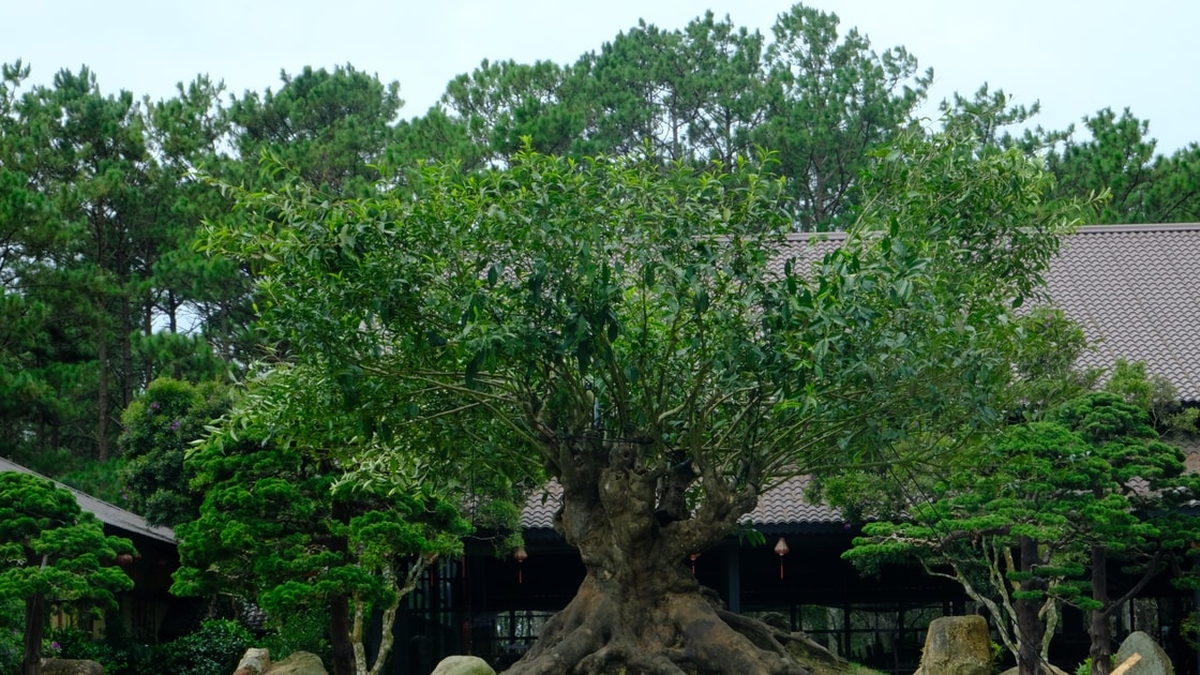


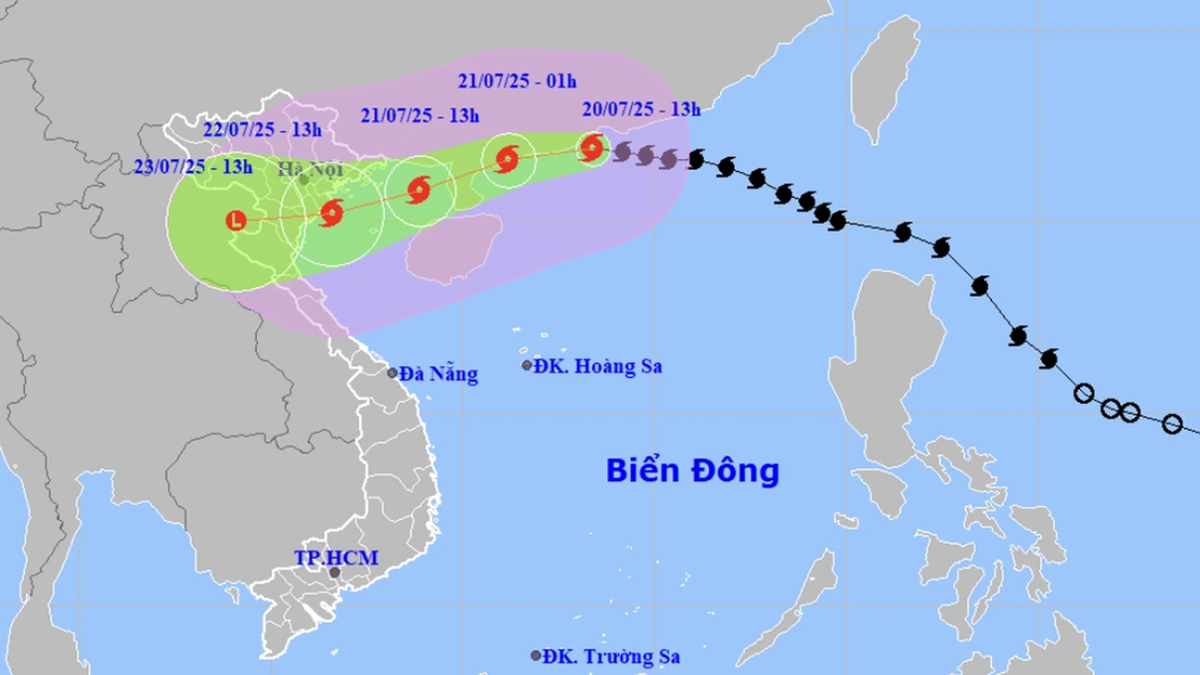
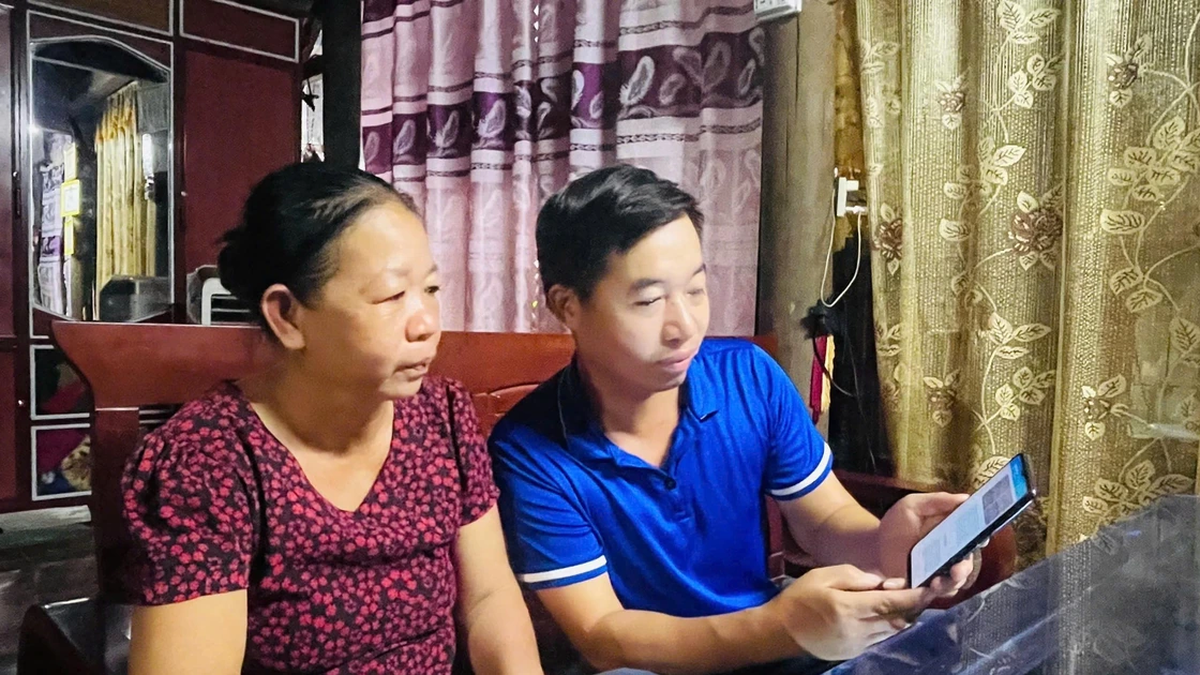

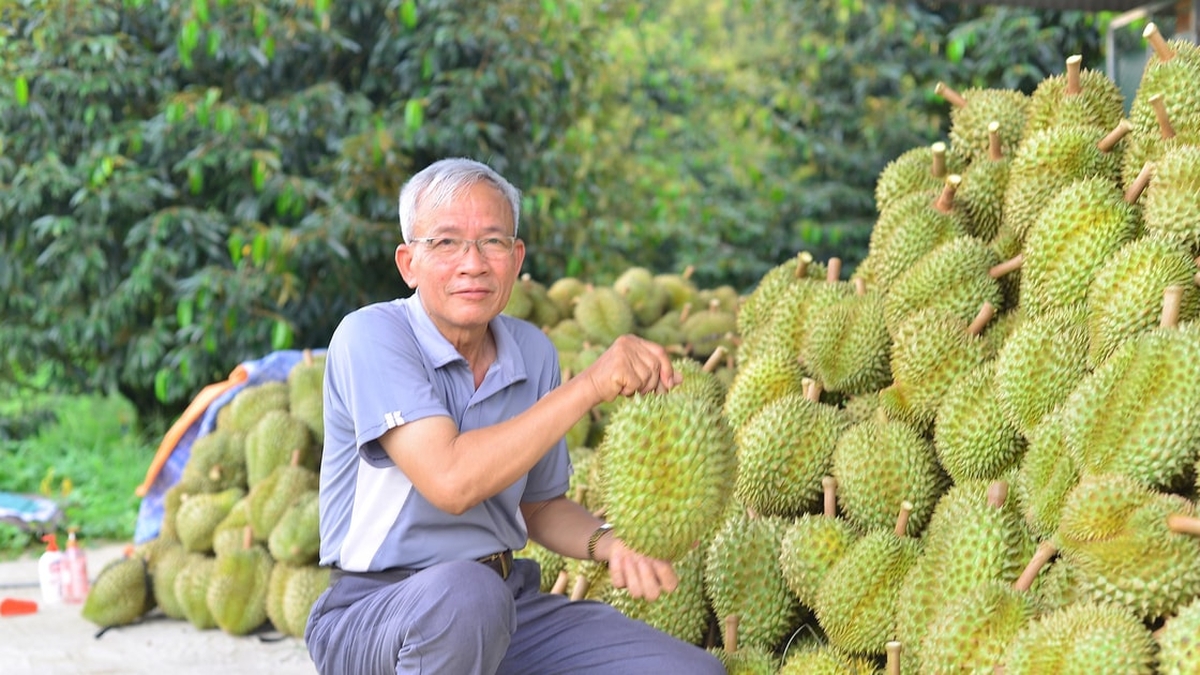
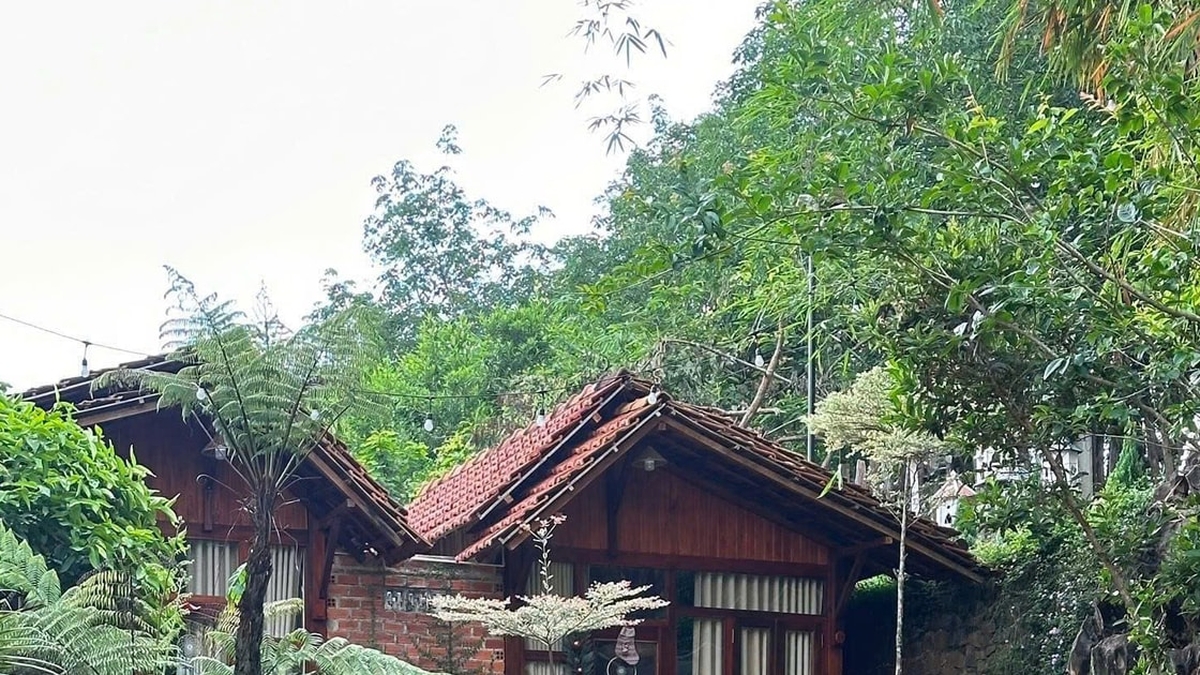

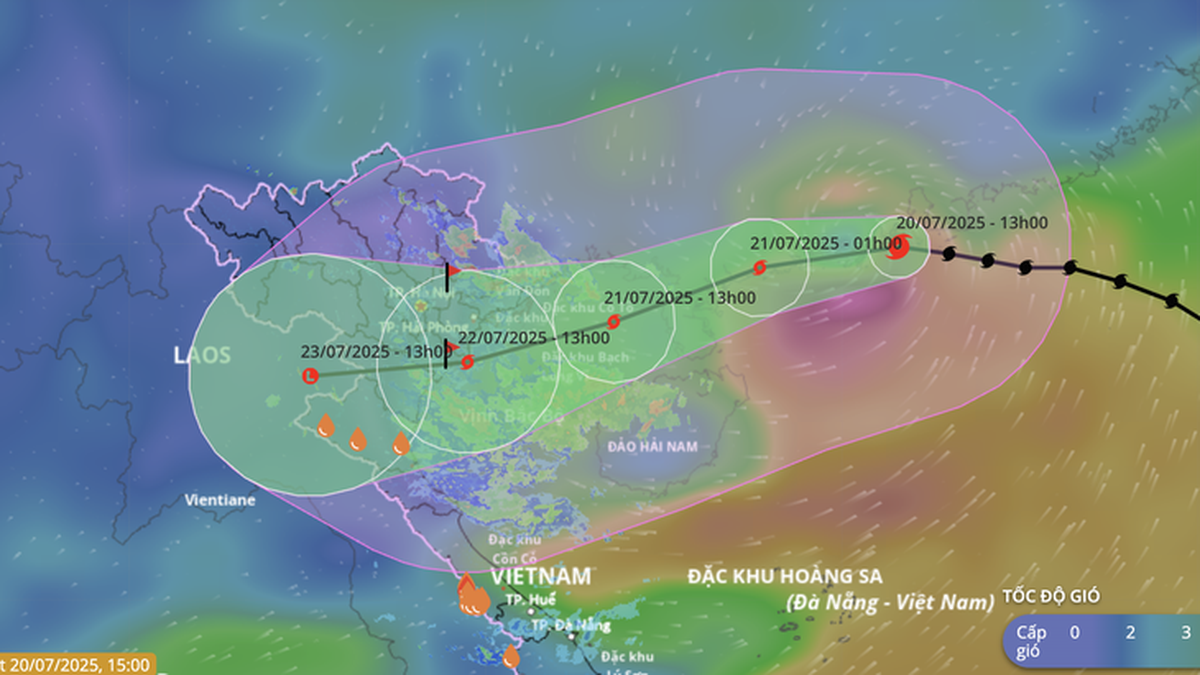













![[Photo] National Assembly Chairman Tran Thanh Man visits Vietnamese Heroic Mother Ta Thi Tran](https://vphoto.vietnam.vn/thumb/1200x675/vietnam/resource/IMAGE/2025/7/20/765c0bd057dd44ad83ab89fe0255b783)







































































Comment (0)